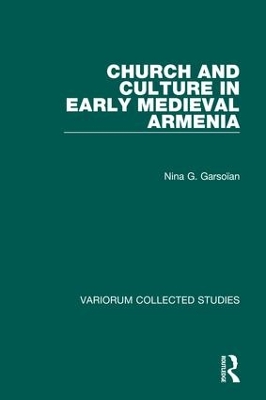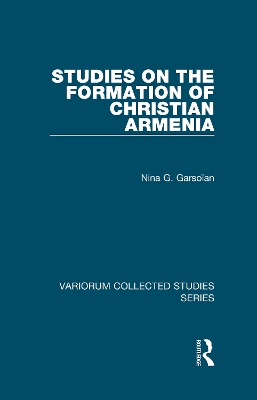Variorum Collected Studies
2 total works
The articles here aim to develop and expand Professor Garsoïan’s earlier research on the bilateral influences on Early-Christian Armenia, between Byzantium and the Sasanians. On the one hand, they continue her examination of Armenia’s essentially Iranian society and institutions in the 4th-7th centuries; on the other, they are directed to an investigation of its autocephalous Church. This maintained relations with the Antiochene Christological school it shared with the Church of Persia longer than has been generally admitted, but simultaneously brought about an ideological transformation through which Christianity came to define the Armenian identity in the national tradition.
This is the third collection of articles by Nina GarsoA-an on Early Armenian history and civilization. A number of articles included here continue earlier investigations of Iranian and Byzantine political and, especially, doctrinal and social influences on Medieval Armenia, precariously wedged between the two super-powers of the period, Byzantium and Sasanian Persia. A second theme is the development of the autocephalous Armenian Church as it freed itself from foreign pressures and achieved its own dogmatic position. Last, several studies consider some inadequacies in some recent historiography and suggest a more promising redirection in our approach to Armenian history and the formation of its national identity.

